Important news in Florence where, at the Pitti Palace, theApartment of the Duchess of Aosta, located on the second floor of the palace, opens to the public on a permanent basis for the first time. Starting Sept. 29, visitors will have the chance to explore the rooms where Anne of France, widow of Duke Amedeo d’Aosta, lived until the residence was handed over to the Italian state after World War II. In recent decades, the rooms have been accessible only on rare occasions. Now, thanks to a painstaking restoration based on 19th-century court inventories, the layout faithfully reconstructs the atmosphere of the time. Every Sunday starting in November, it will be possible to participate in guided tours that will allow visitors to admire the splendid private spaces in all their former splendor.
The Apartment, which partly overlooks the Boboli Gardens, boasts a long and illustrious history: built in the Medici era, it hosted such prominent figures as Maria de’ Medici, the future queen of France, and Grand Duke Ferdinand II with his wife Vittoria della Rovere. Over time, the residence maintained its original purpose as a private residence for grand dukes, kings and other prominent noble figures.
In the 18th century, under Grand Duke Ferdinand III of Lorraine, the most significant architectural changes were made, giving the Apartment its current appearance. With the arrival of the Savoy family and the proclamation of the Kingdom of Italy, the rooms became the royal residence and were renamed “Apartment of His Majesty the King.”
The last major change came in the 20th century, when the Apartment was inhabited by Anne of France, the last tenant of this sumptuous complex who left a strong imprint on the decoration and atmosphere of the rooms, hence the current name: “Apartment of the Duchess of Aosta.”
Starting Sept. 29, the Apartment will be open to visitors in six daily shifts. Three groups will be able to enter at a time, accompanied by museum staff. The tours, lasting about 45 minutes, will be held at the following times: Morning: 10:30-11:15 a. m., 11:30-12:15 p.m., 12:30-1:15 p .m.; Afternoon: 2:30-3:15 p.m., 3:30-4:15 p.m., 4:30-5:15 p.m.
“The opening for the first time on a regular basis of the apartment of the Duchess of Aosta,” says Uffizi Director Simone Verde, “marks an important first step in the relaunch plan of the Pitti Palace. The restitutions of the palace’s evocative spaces to the public will continue: in the coming months the beautiful rooms of the Grand Dukes’ Treasury on the ground floor will return to the public after years, at the end of an extensive restoration and rearrangement operation, while on the second floor, already starting in the coming weeks, the same will happen with the rooms of the Royal Apartments.”
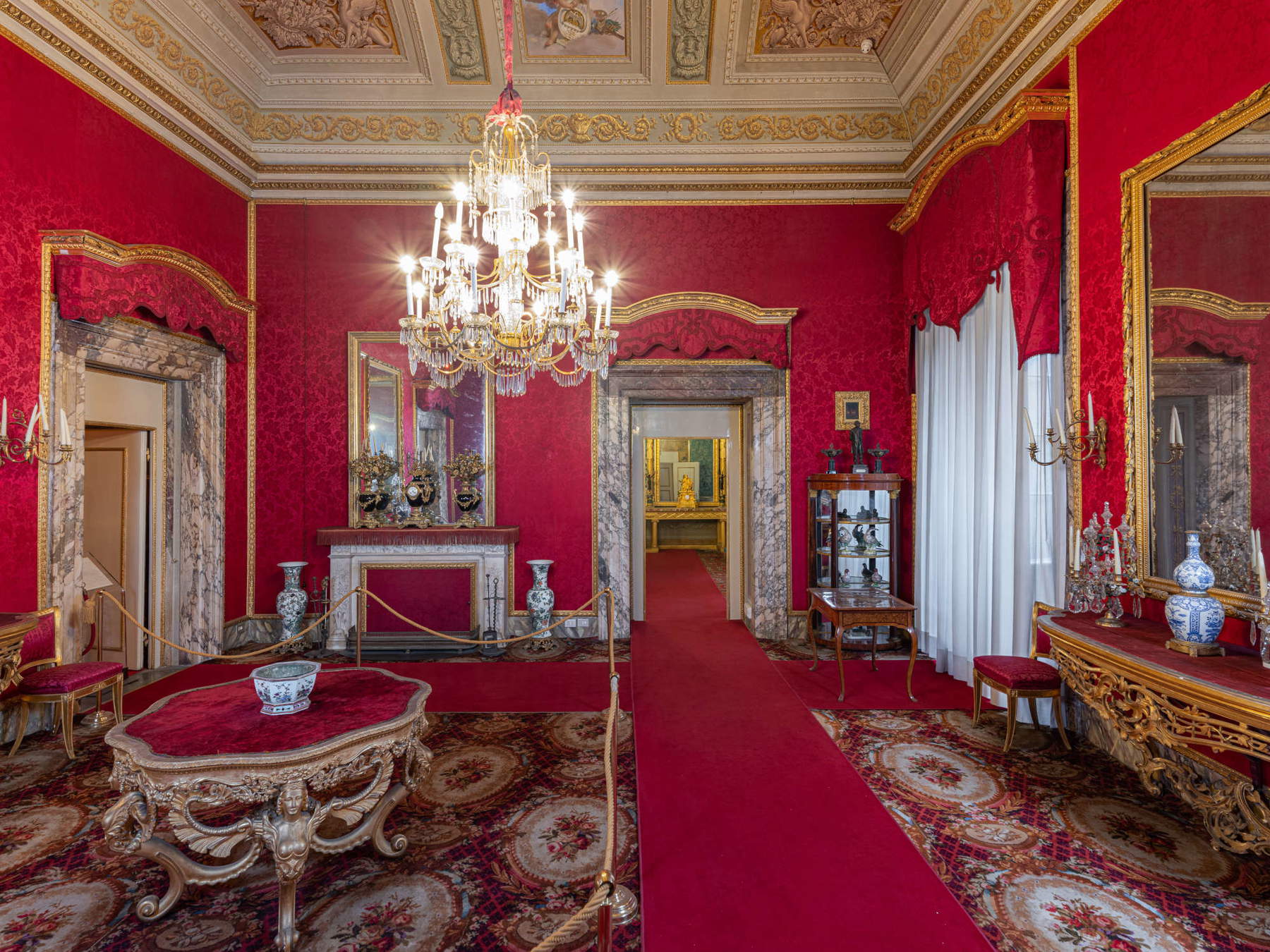
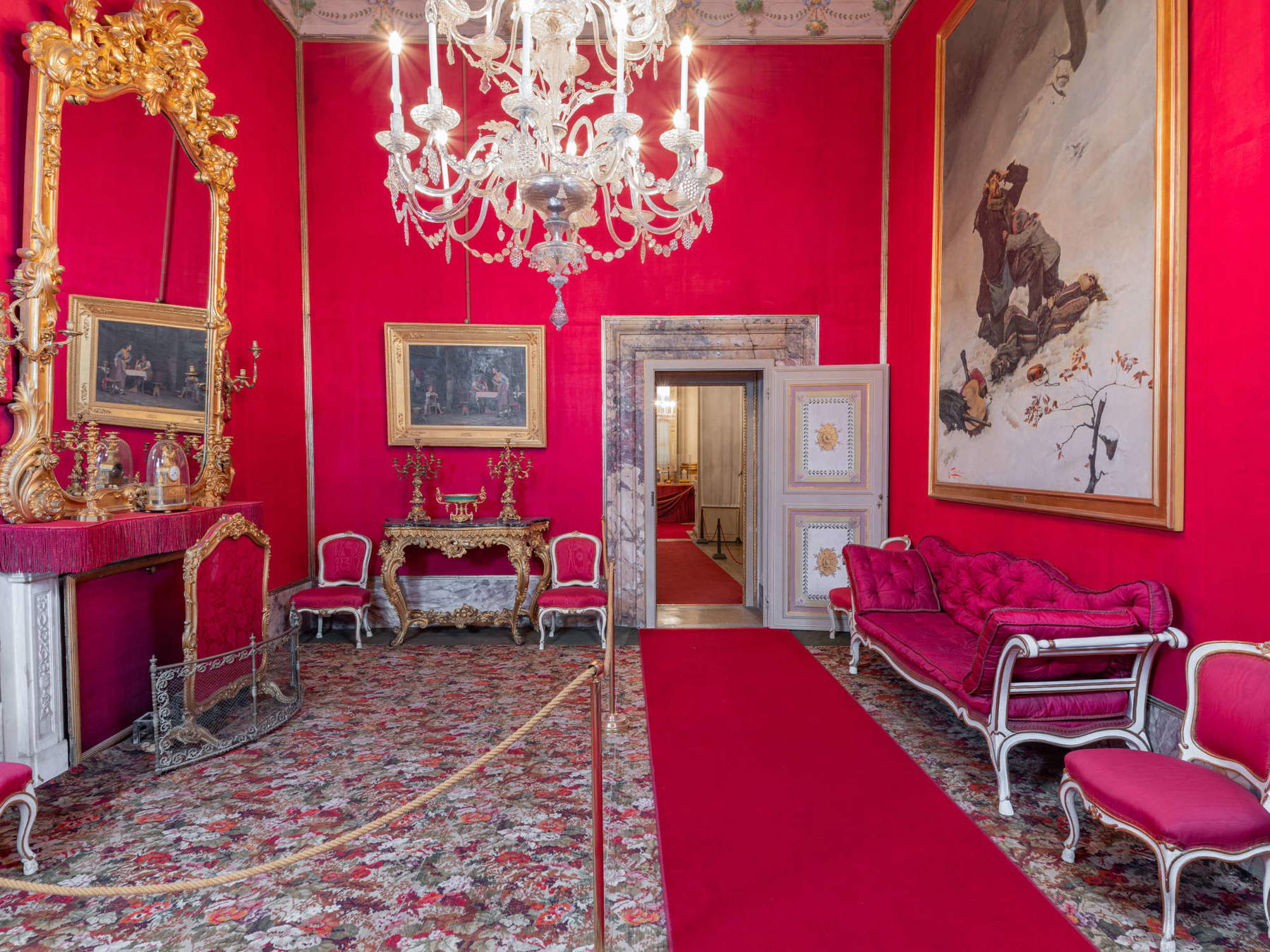
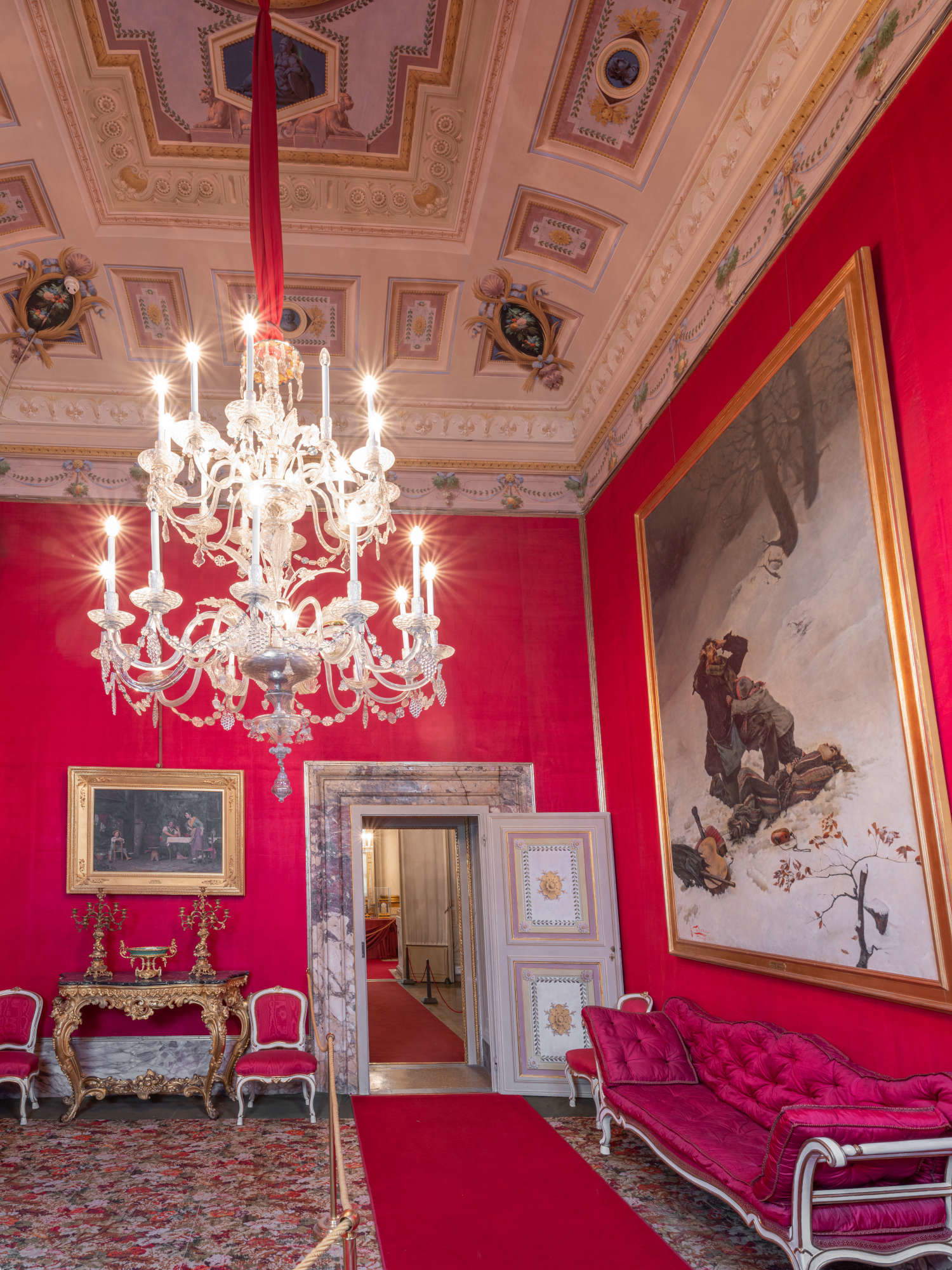
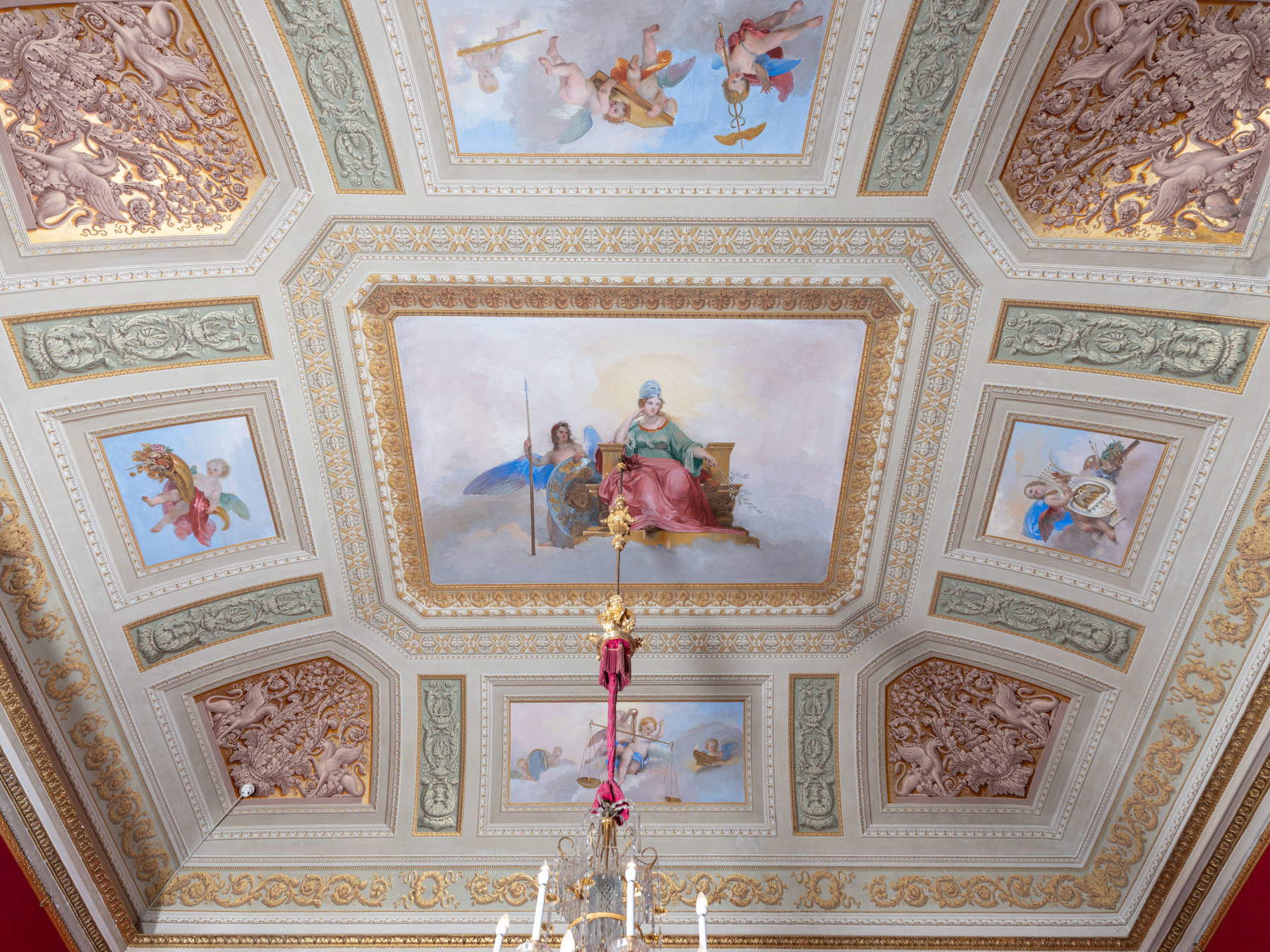
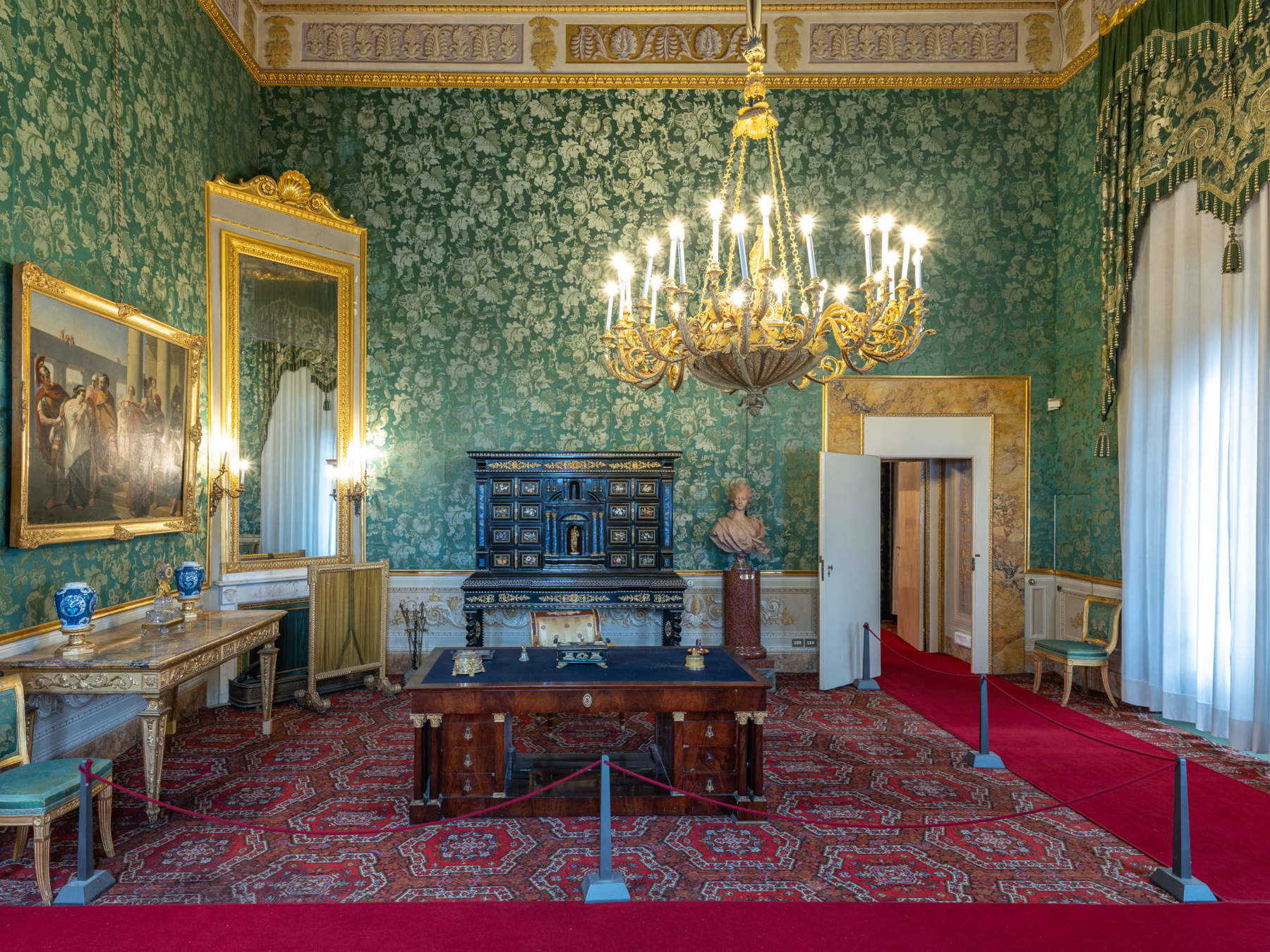
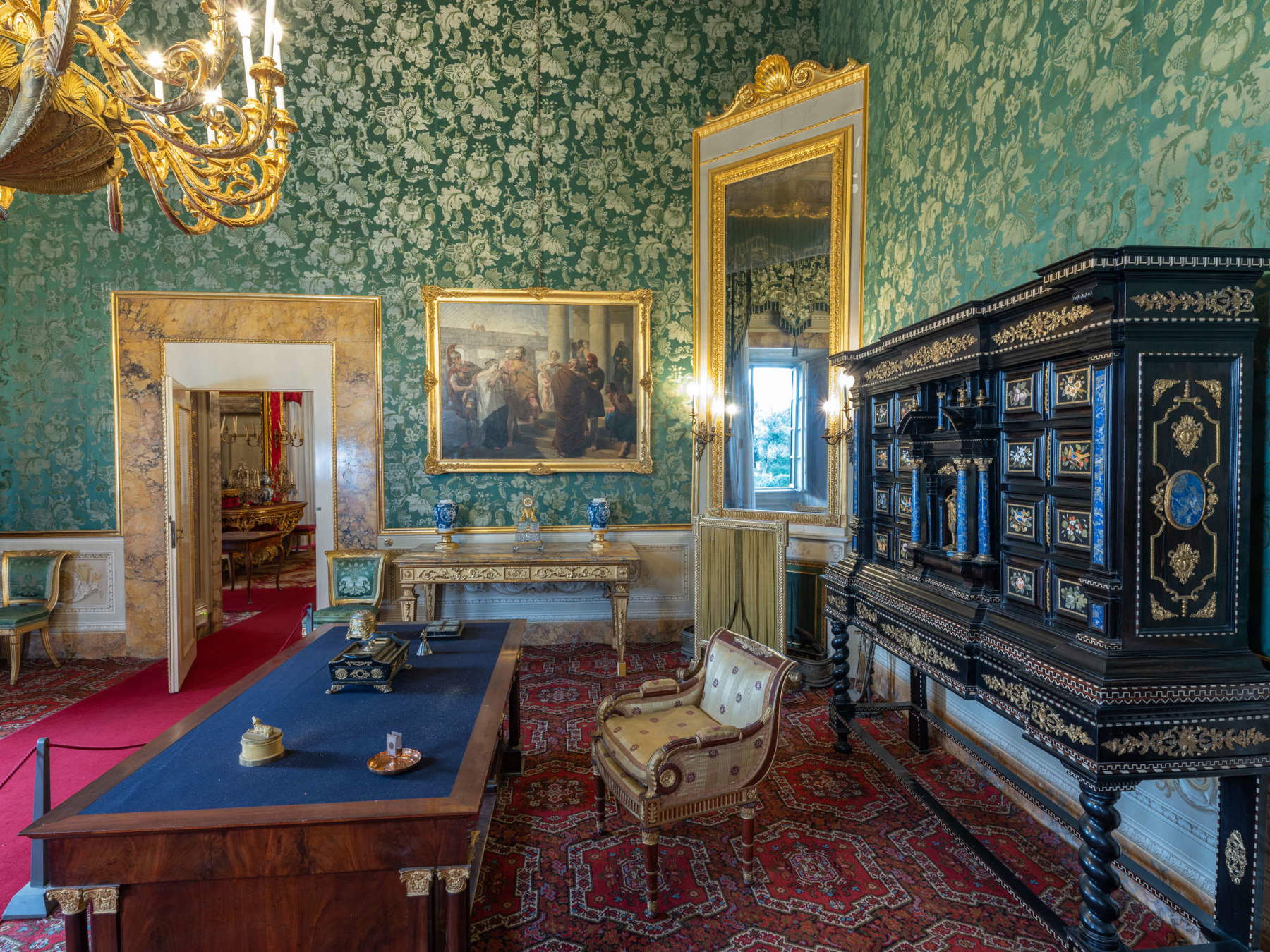
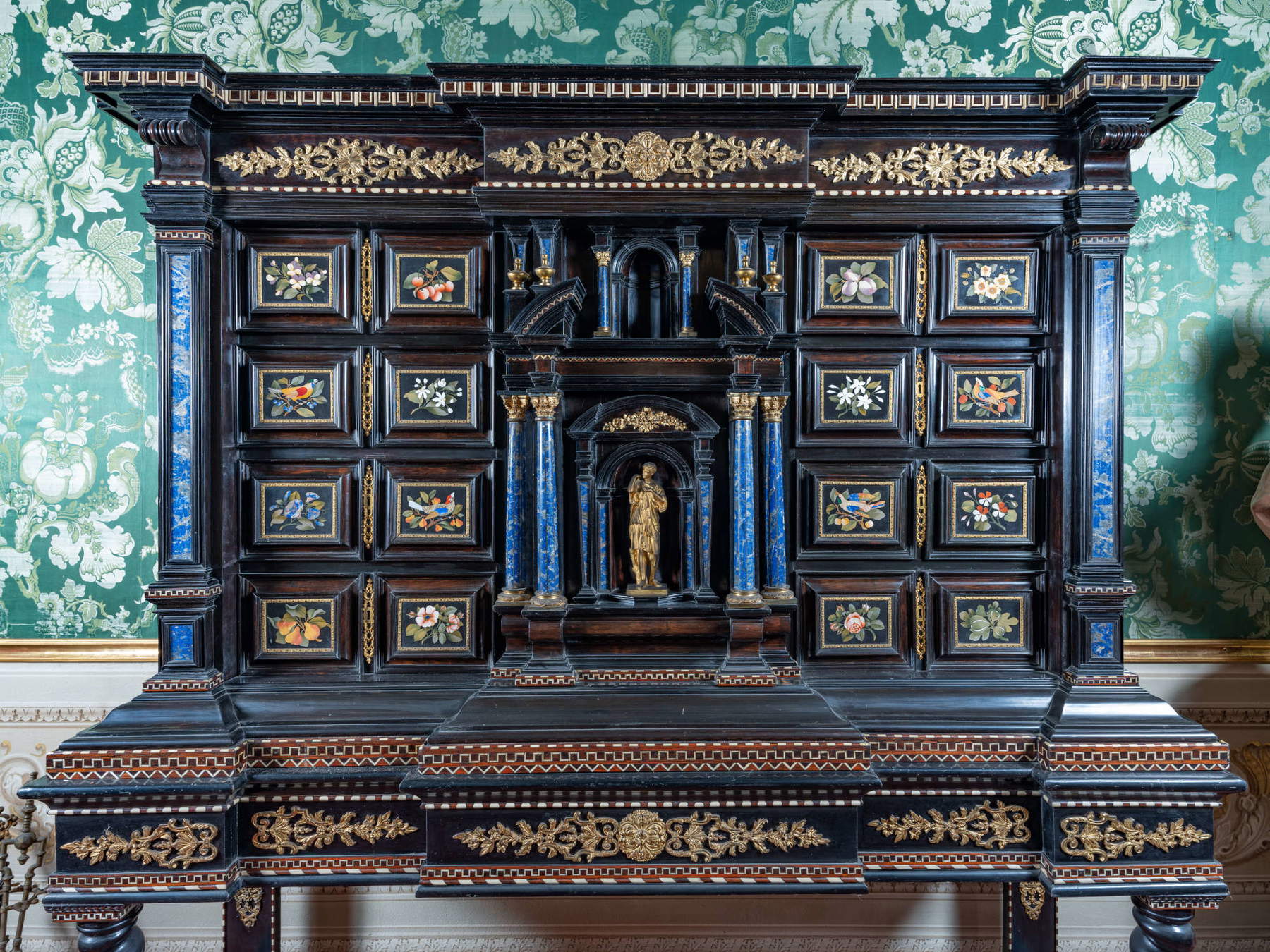
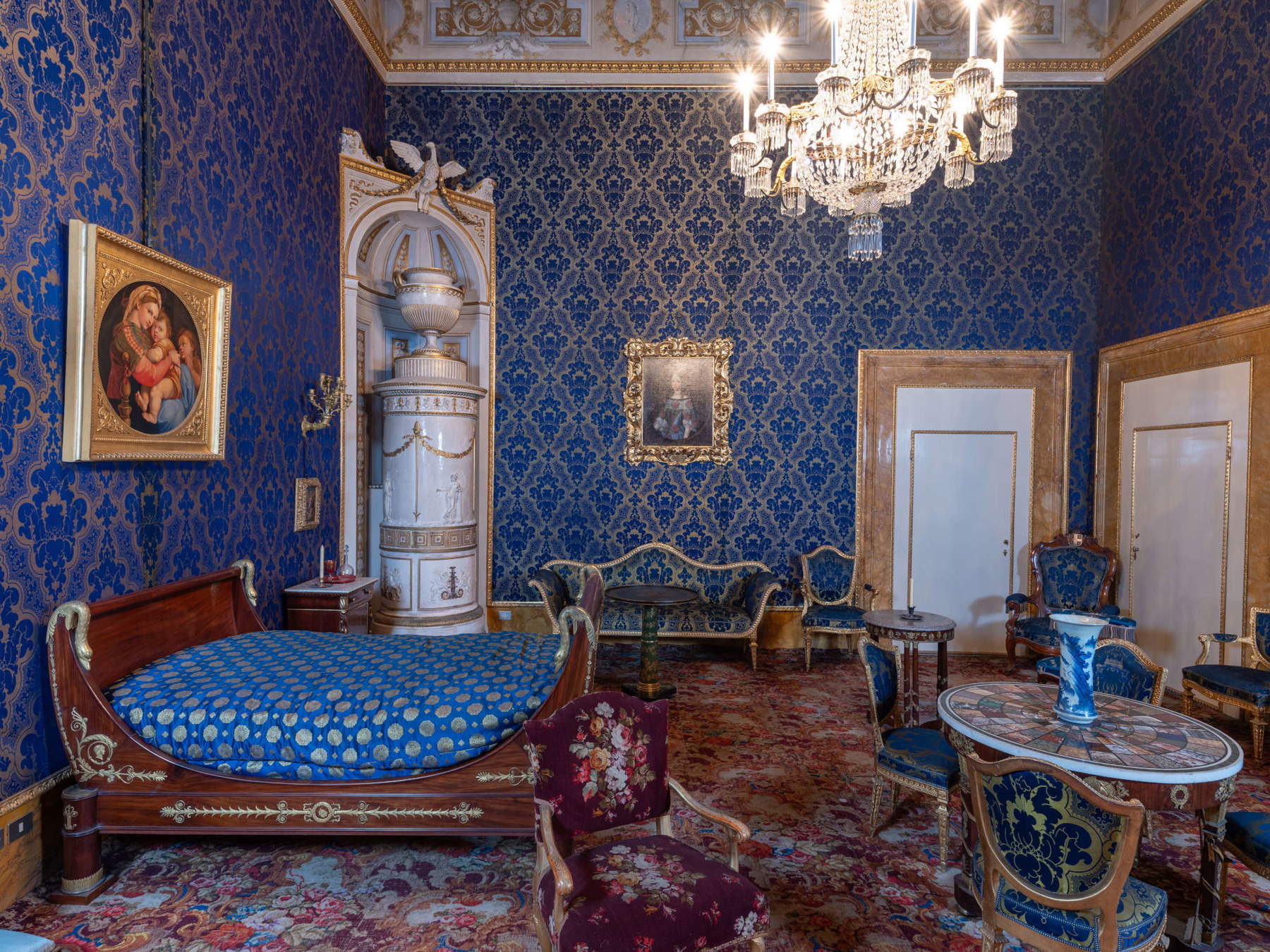
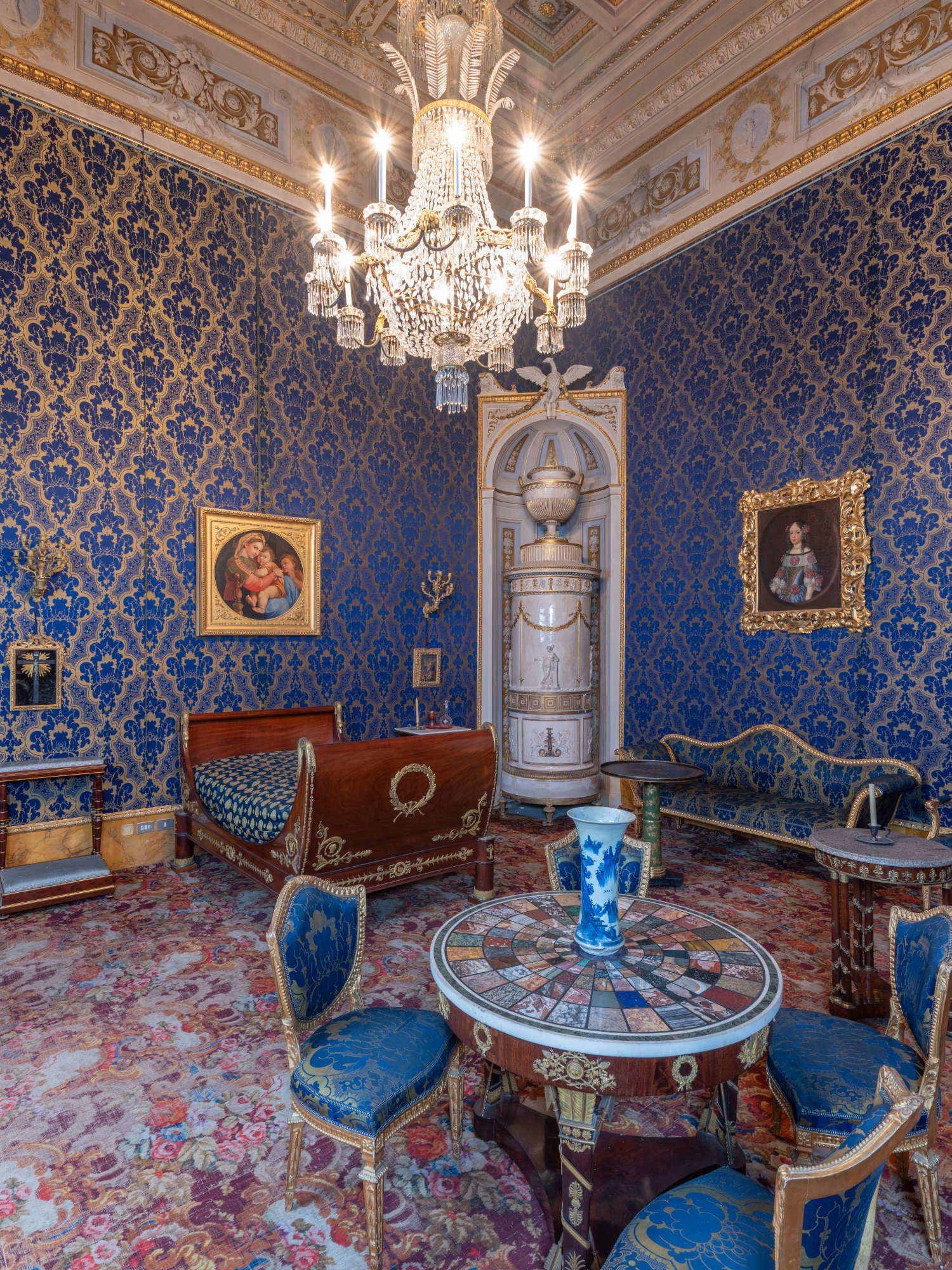
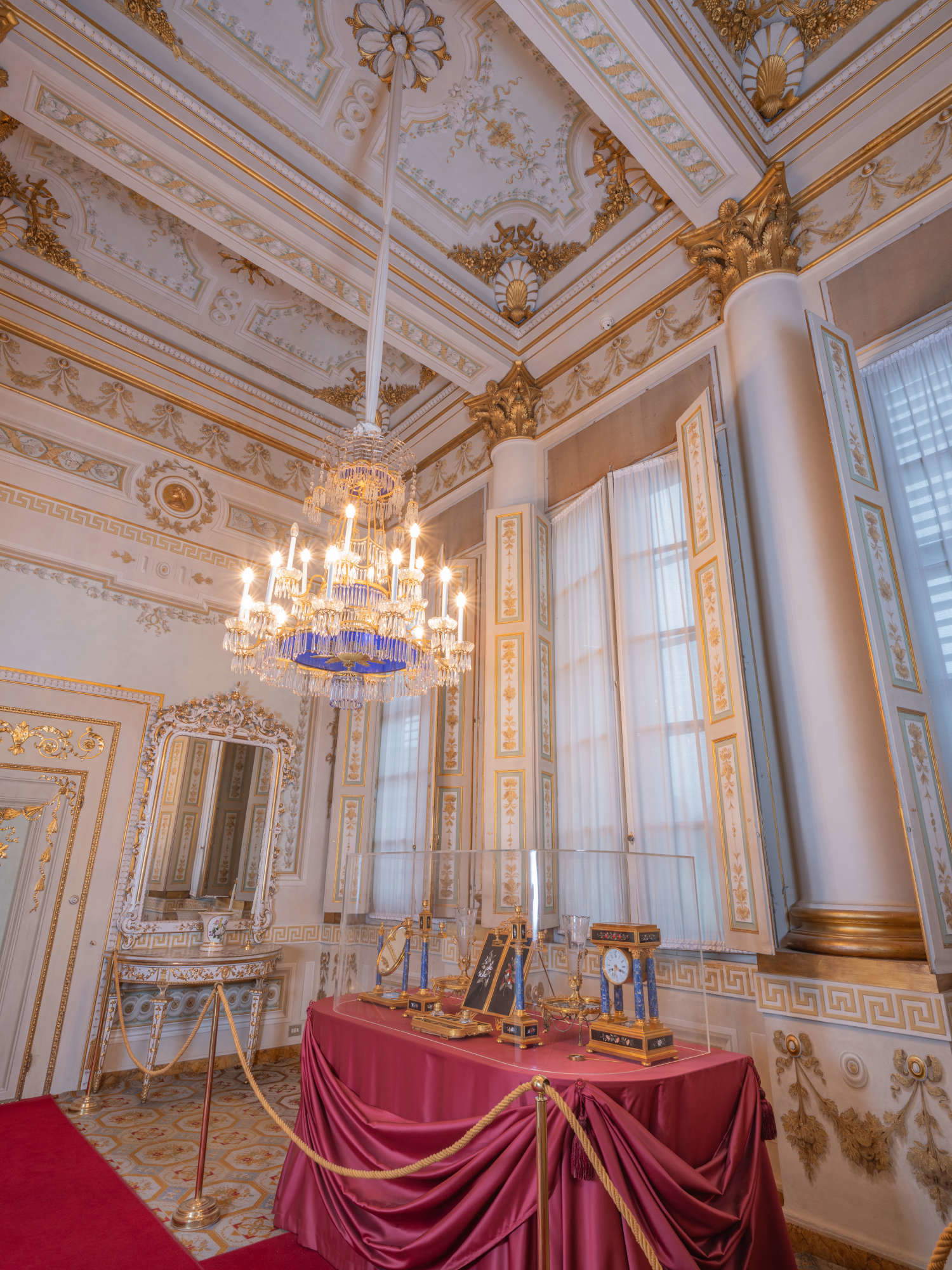
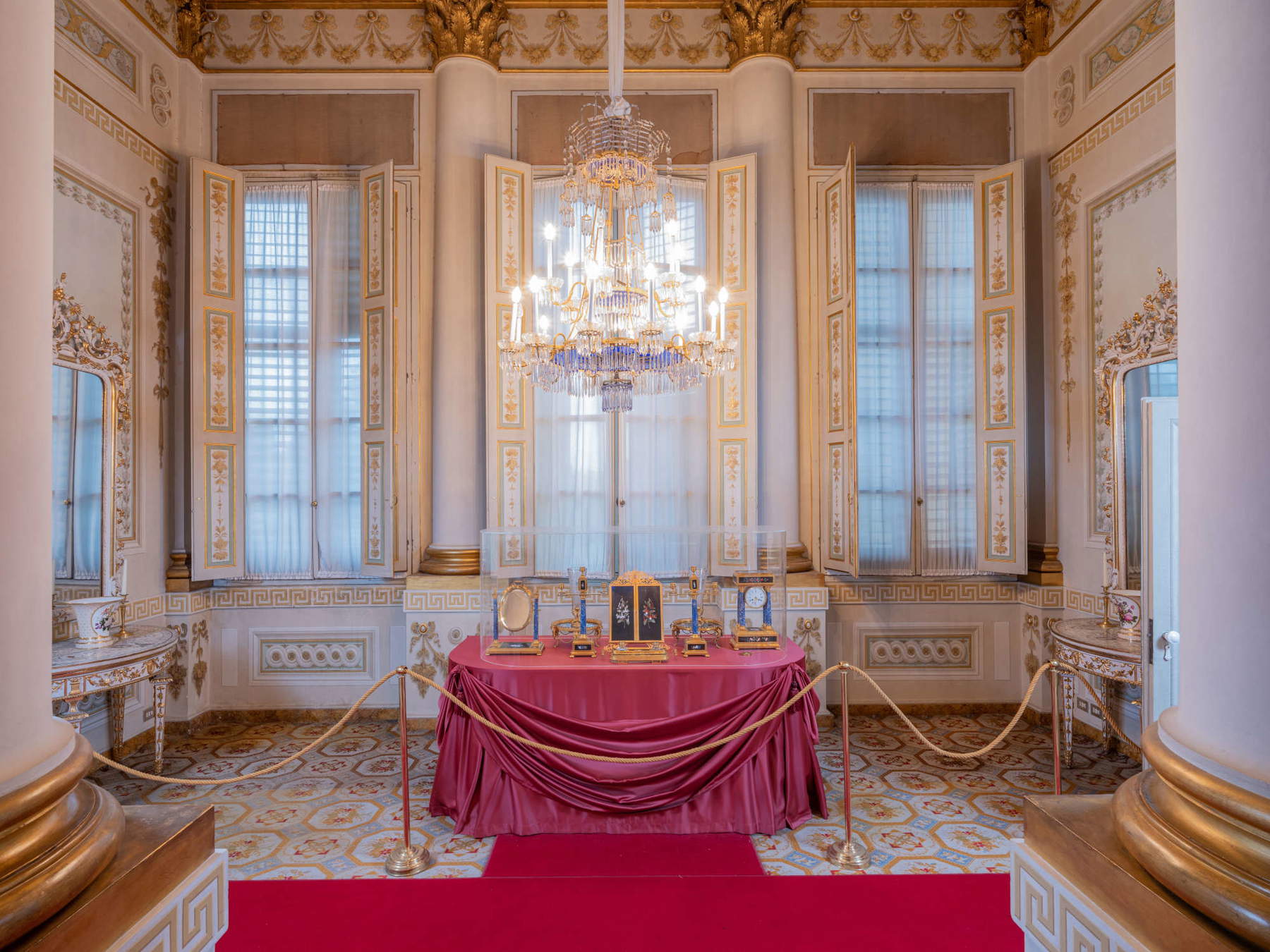
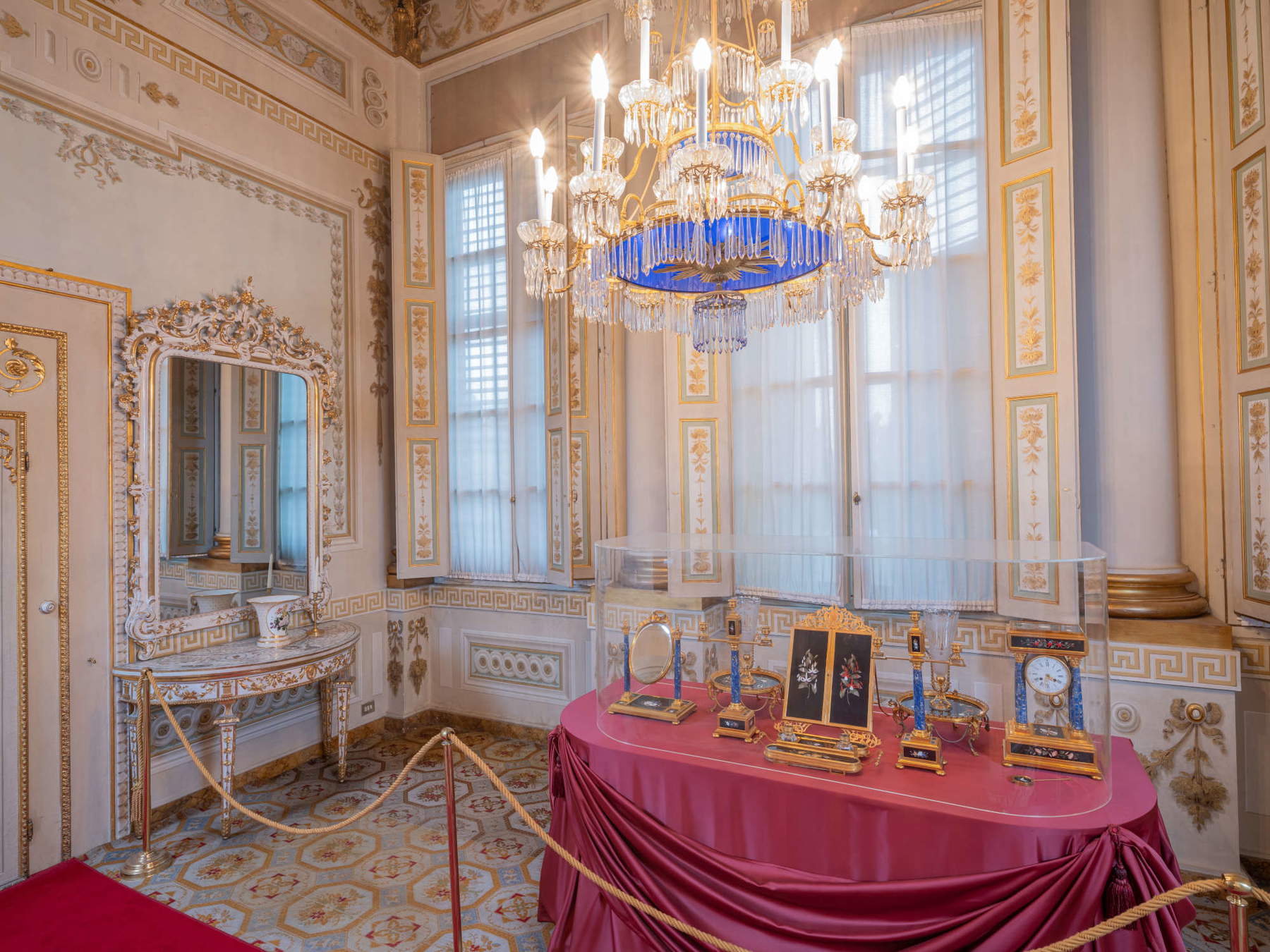
Red DrawingRoom: the Red Drawing Room features wall hangings and carpets that cover the entire surface to “carpet size.” In the center of the room is an elegant round carved and gilded wooden table with a top covered in red velvet, typical of the Second Empire style. A highlight are the two eighteenth-century console tables, originally fitted with antique red marble tops, which were once part of the furniture in the throne room of the Ducal Palace of Parma.
Studio: The Studio features impressive decoration, dominated by a monumental bronze and carved wood chandelier created for the bathroom of Maria Luisa of Bourbon Parma. The chandelier depicts Neptune on his chariot, flanked by dolphins, and is an outstanding example of the decorative art of the period. Among the most interesting objects is a semi-precious stone cabinet by Enrico Bosi, purchased by Victor Emmanuel II at the 1861 Universal Exhibition in Florence, as well as a portrait of Umberto I, painted by Eurisio Capocci.
King’s Room: In the King’s Room, opposite a “canapé” bed, presumably of French manufacture and dating from the early 19th century, a round table can be seen in the center of the room. The table is supported by a quiver-shaped base with crossed arrows and features an inlaid top of mixed marbles, attributed to cabinetmaker Giovan-Battista Youf. The room also houses a monumental stove and, above the bed, a 19th-century copy of Raphael’s famous Madonna of the Chair. The King’s Room leads to a powder room, originally designed as a chapel, and a solarium with a ceiling decorated with polychrome stucco from 1790. In the center of the solarium stands out a gemstone parure made by Enrico Bosi for the royal family.
Stanza dei Camerierieri del Granduca/Guardaroba: This room, originally used by the Grand Duke’s footmen and later as a checkroom, is now an exhibition space housing furniture and objects from the palace’s general wardrobe. It still retains an example of the serially painted closets, such as those of the Terreni, also visible in the Queen’s dressing room.
Second Red DrawingRoom: The Second Red Drawing Room is furnished in a richly decorated neo-Baroque style. Original 18th-century furnishings, including chairs, a white-gold canapé, and a chandelier, harmoniously complement Savoy-style furniture. The walls are adorned with paintings purchased directly from the King, which complement the opulence and magnificence of the room.
 |
| Florence, Duchess' Apartment opens at Pitti Palace |
Warning: the translation into English of the original Italian article was created using automatic tools. We undertake to review all articles, but we do not guarantee the total absence of inaccuracies in the translation due to the program. You can find the original by clicking on the ITA button. If you find any mistake,please contact us.